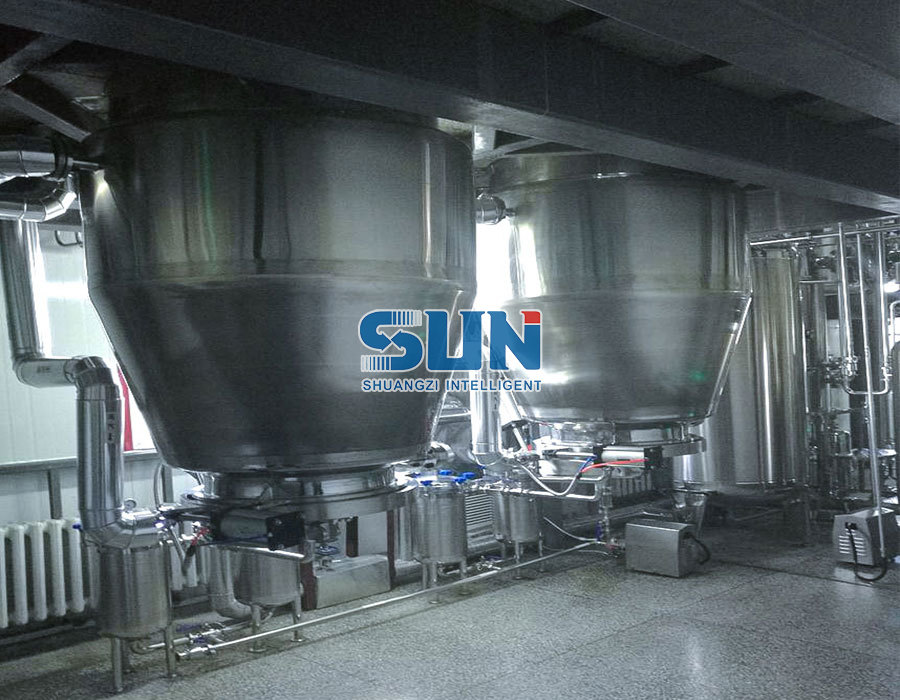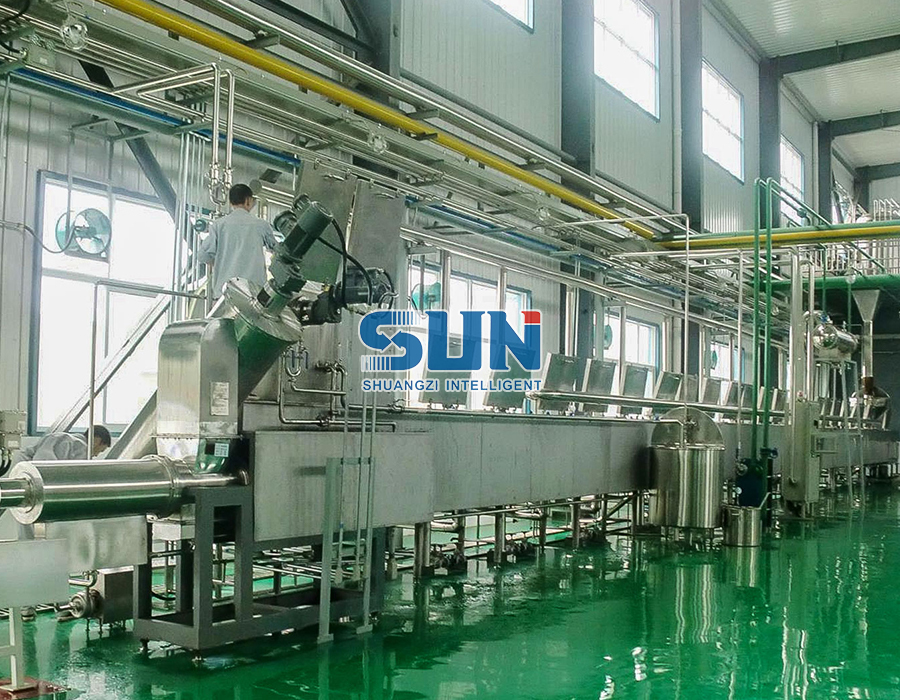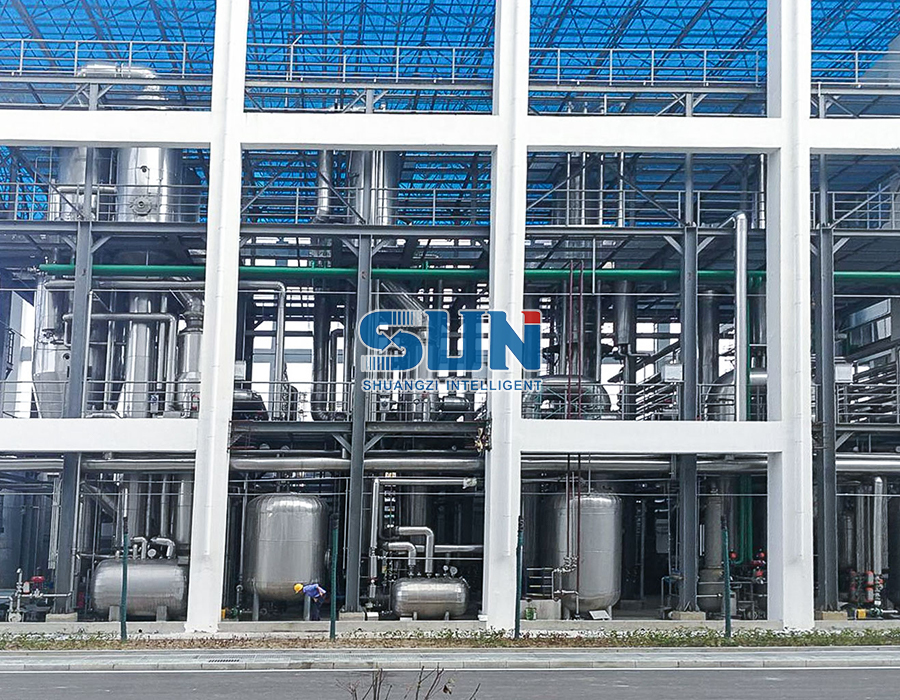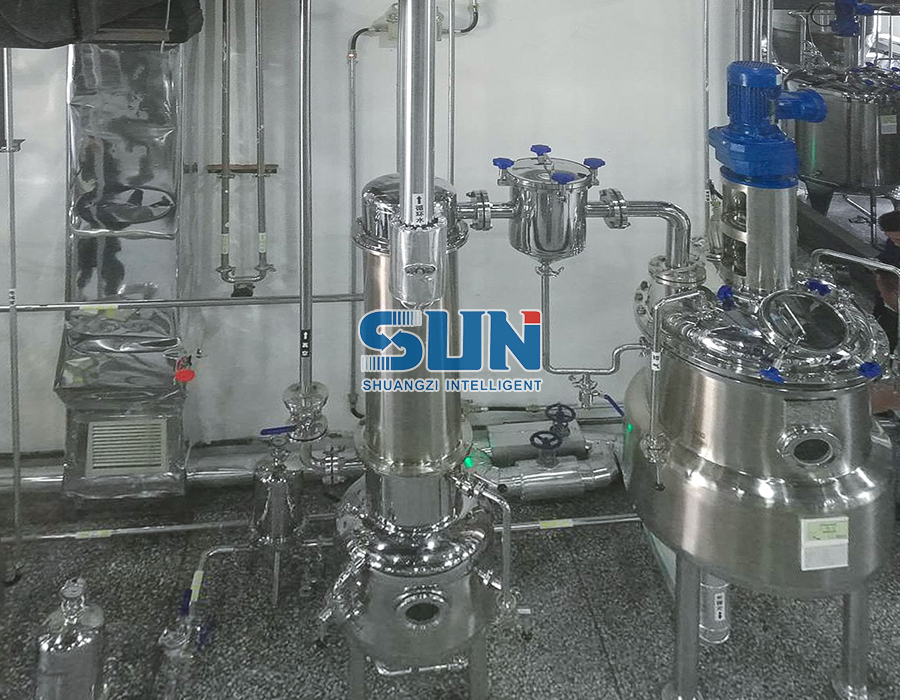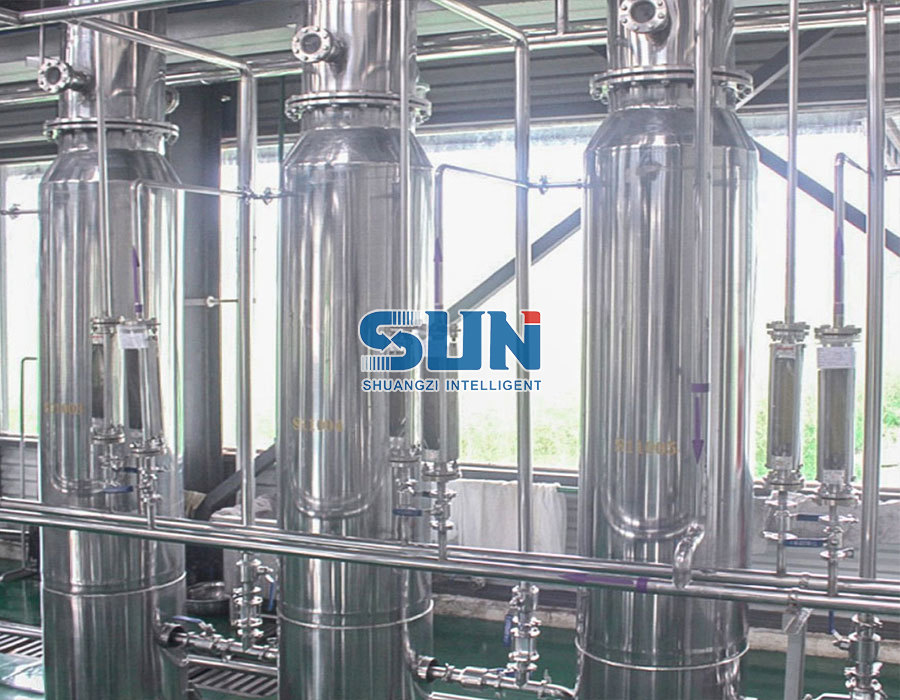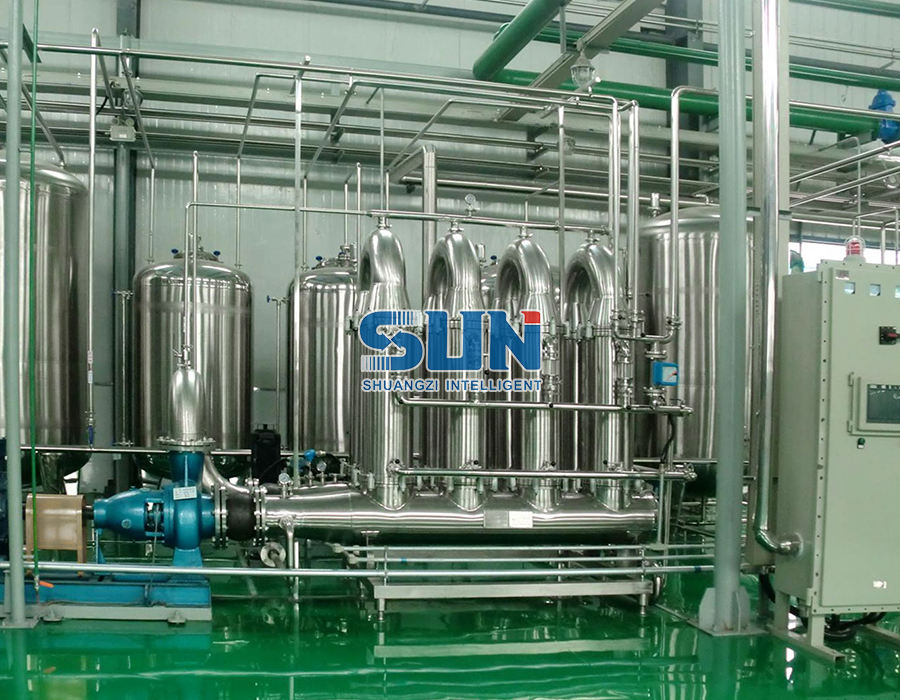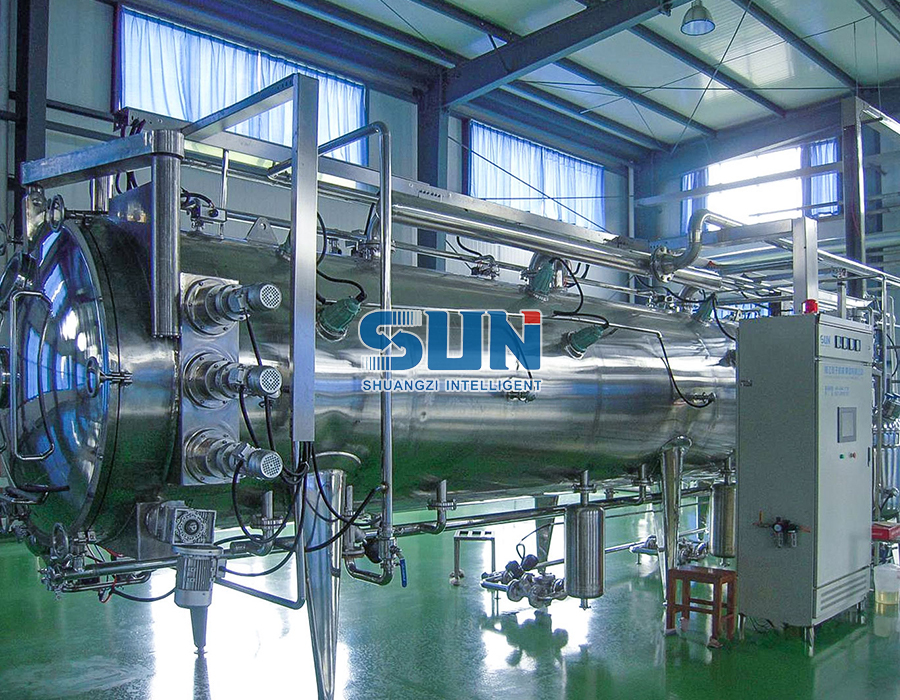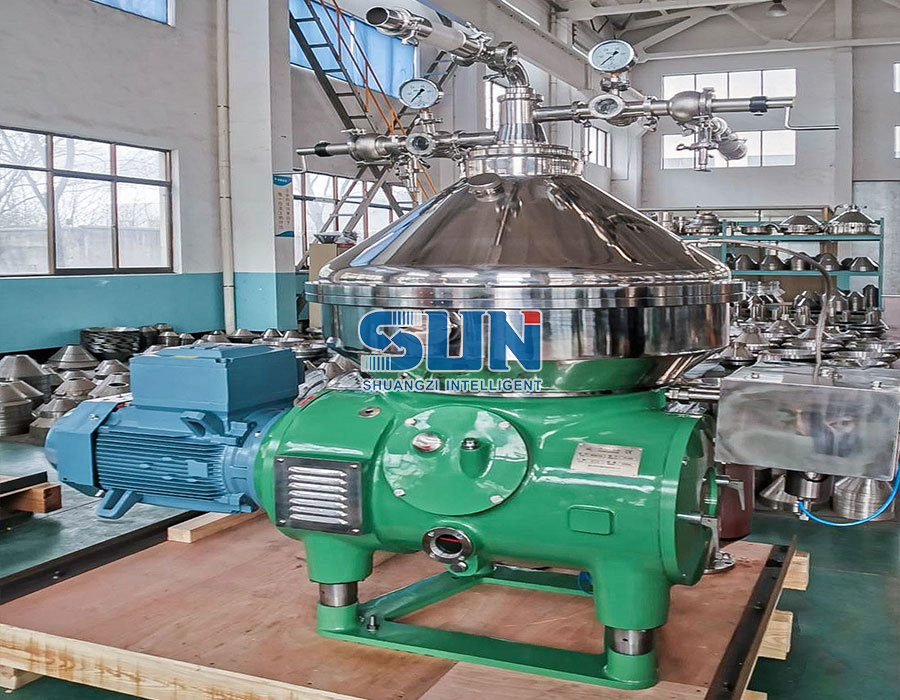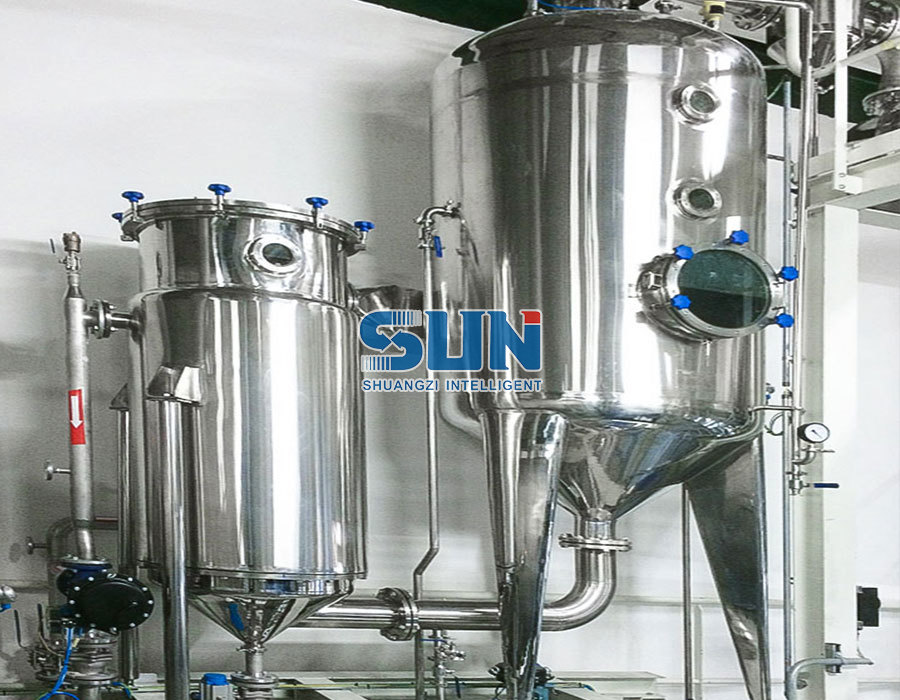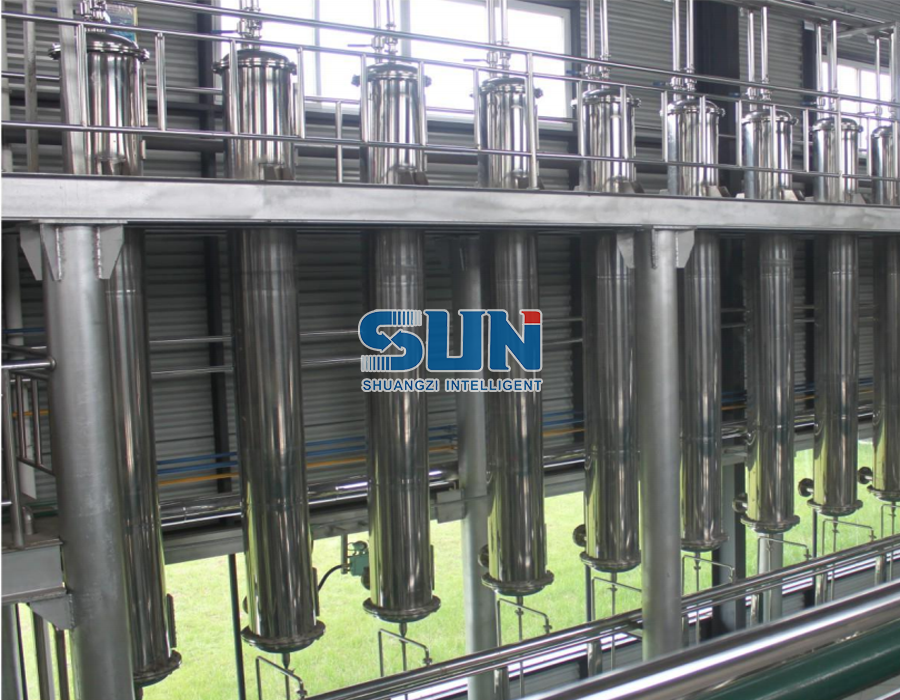An alcohol recovery tower, also known as a distillation column or rectification column, plays a crucial role in reducing alcohol waste through a process called distillation. Distillation is a technique used to separate and purify liquids based on their boiling points.
Here's how an alcohol recovery tower contributes to the reduction of alcohol waste:
Separation of Alcohol from Impurities: In an alcohol recovery tower, a mixture containing alcohol and other impurities, such as water or unwanted byproducts, is introduced at the bottom of the column. The tower consists of several stages or trays, each containing a condenser and a reboiler. As the mixture moves upwards, heat is applied at the bottom, causing the liquid to vaporize. The vapor rises through the trays while the liquid residue flows downwards.
Fractional Distillation: The trays inside the tower facilitate fractional distillation. The vapor in the tower becomes progressively richer in alcohol content as it moves upward. This is because the different components in the mixture have different boiling points, and alcohol typically has a lower boiling point compared to impurities like water. As the vapor rises, the impurities with higher boiling points condense and are removed, leaving behind a more concentrated alcohol vapor.
Condensation and Collection: As the alcohol-enriched vapor reaches the top of the tower, it enters a condenser where it is cooled. The cooling causes the vapor to condense back into liquid form, which is then collected as the purified alcohol product. The impurities that condensed at various stages in the tower are separately collected and removed as well.


Recycling and Reuse: By separating alcohol from impurities, an alcohol recovery tower enables the recovery and recycling of alcohol that might otherwise be wasted. The purified alcohol collected from the tower can be reused in various applications, such as in the production of beverages, industrial processes, or as a fuel source. This recycling reduces the overall wastage of alcohol, making the process more efficient and cost-effective.
Environmental Benefits: Alcohol waste, if not properly managed, can have negative environmental impacts. By utilizing an alcohol recovery tower, the amount of alcohol discharged as waste is significantly minimized. This reduction in waste helps to mitigate the environmental impact associated with alcohol production and consumption.
An alcohol recovery tower aids in the reduction of alcohol waste by separating alcohol from impurities through distillation. It allows for the recycling and reuse of alcohol, thereby improving efficiency, reducing costs, and minimizing environmental impact.


 英语
英语 俄语
俄语